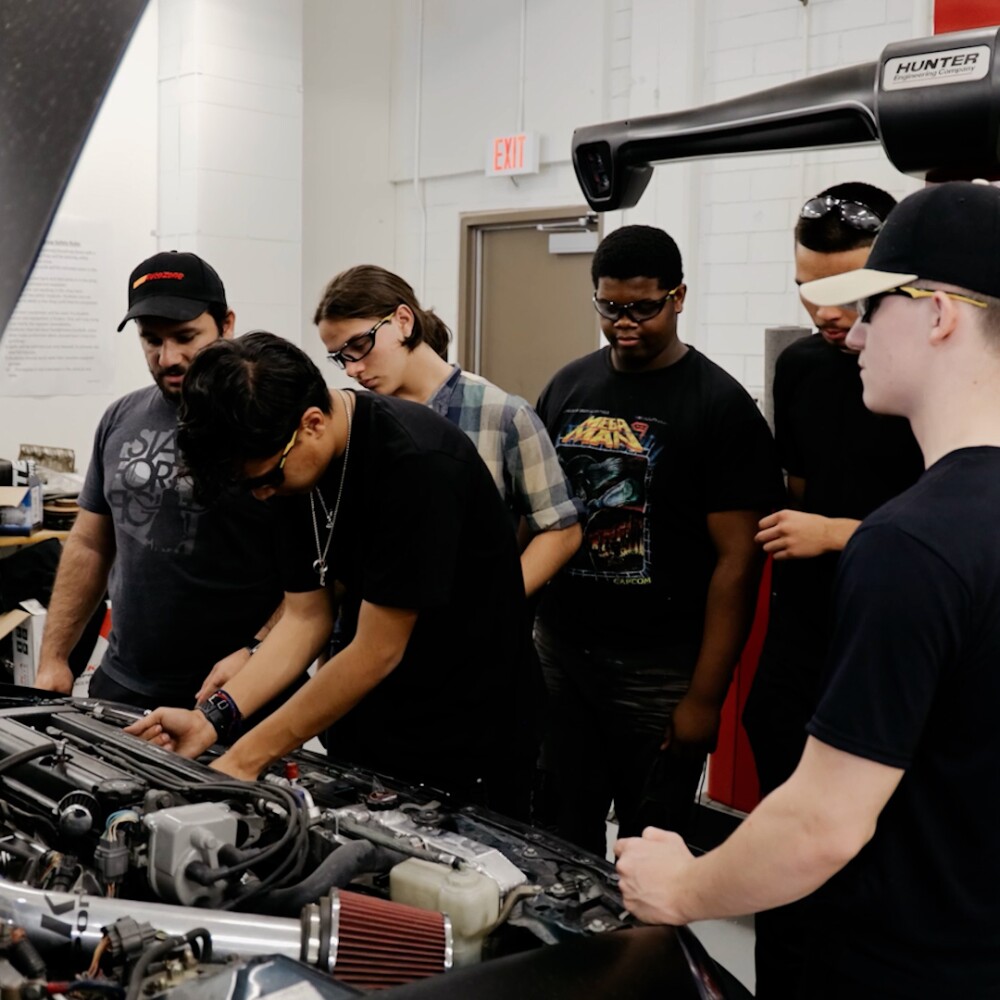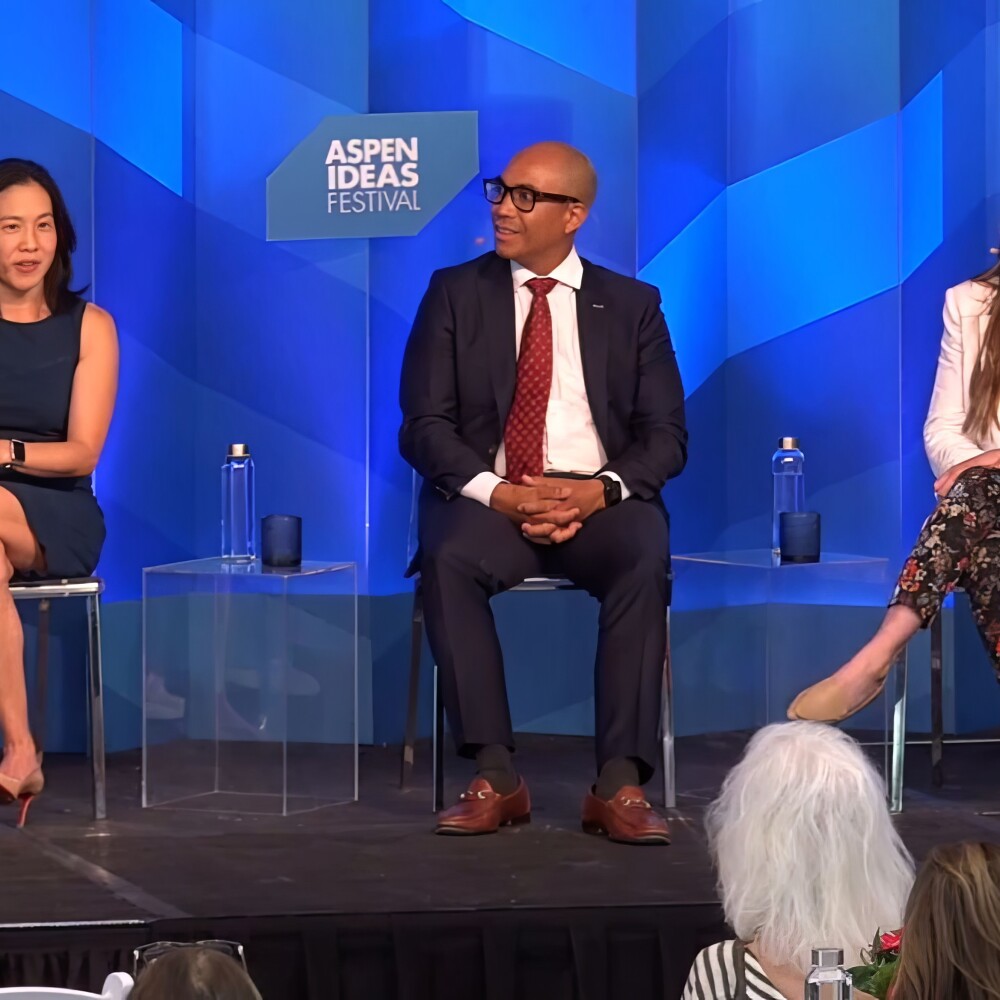Imagine what could be achieved if we applied the same energy, resources and sheer grit to the challenge of educating our nation’s young people as we did to developing and distributing Covid-19 vaccines.
The education field lacks the coherent, well-funded research and development capacity common in areas such as medicine, energy and even luxury goods. These fields all invest a much higher percentage of their resources in research and development, leading to innovations that affect all our lives. But isn’t it just as important to invest in new learning methods as it is to create new products and innovations in these other fields?
We believe it is. In response, our three organizations welcomed the official launch yesterday of the Advanced Education Research & Development Fund. With investments of $50 million each from our foundations — the Bill & Melinda Gates Foundation, the Chan Zuckerberg Initiative, and the Walton Family Foundation — we hope this effort will be an important step in addressing the research funding deficit in education.
The fund builds on a joint effort — a moonshot idea — started with a $50 million investment three years ago by the Chan Zuckerberg Initiative and the Bill & Melinda Gates Foundation to break down barriers that prevent new ideas in education from reaching teachers and students. In the intervening years, none of us could have imagined how a racial reckoning and global pandemic would shift our approach to education in ways we are still processing.
Tackling Racial Gaps
The new fund will apply what is known as inclusive research and development to tackle teaching and learning challenges that disproportionately affect Black and Latino students and students of all races experiencing poverty.
What do we mean by inclusive R&D? From the start, it includes people who are closest to the problems we are attempting to solve. They work with researchers to initially scope out, test, and evaluate new methods throughout the development process to improve the quality and feasibility of the programs before they reach the classroom. This approach bridges the gap between research on the one hand and teaching practices and tools on the other.
The fund’s first programs, known as EF+Math, aims to double the number of Black and Latino students in grades three through eight who are proficient in math by building on evidence that executive-function skills, such as working memory, help students learn math much more effectively. The program, which began two years ago, uses inclusive R&D to test ways of blending executive-functioning skills development and math instruction. A diverse community of more than 250 educators, researchers, developers, and advisers are taking part in these research projects. They work alongside an Educator Leadership Council made up of teachers and other education professionals from across the country.
A second program, Assessment for Good, is focused on dramatically improving conditions for the social-emotional health and positive academic outcomes of students in third through seventh grade, with a special focus on Black and Latino students.
On Wednesday the program announced a request for proposals to fund innovative ways to assess how learning environments support students‘ emotional and identity development and a request for nformation seeking new approaches for assessing social and emotional learning, including ideas for making parents and students partners in the assessment process.
Letting Researchers Decide
As three of the country’s largest foundations investing in elementary and secondary education, we believe both projects could have a major impact on student success in school and throughout their lives. Each program will operate with significant autonomy. Donors will not decide which projects to fund but will instead rely on the expertise of program directors and their teams. In the coming months, some donor representatives will exit the fund’s board and be replaced by independent directors with relevant and diverse perspectives and experience.
By the end of 2023, Advanced Education Research & Development Fund aims to launch at least five inclusive R&D programs on topics identified collectively by researchers and educators. And over time, as we begin to see early results and impact from this work, we hope other donors will join us.
We believe that ambitious research projects, created from the start with community and stakeholder involvement, will result in the types of innovations long absent from our nation’s classrooms. By embracing inclusive R&D, philanthropy can help ensure that teaching and learning challenges that disproportionately affect students of color and those who live in poverty are addressed with the most effective research available.
This article originally appeared in The Chronicle of Philanthropy on July 22, 2021



